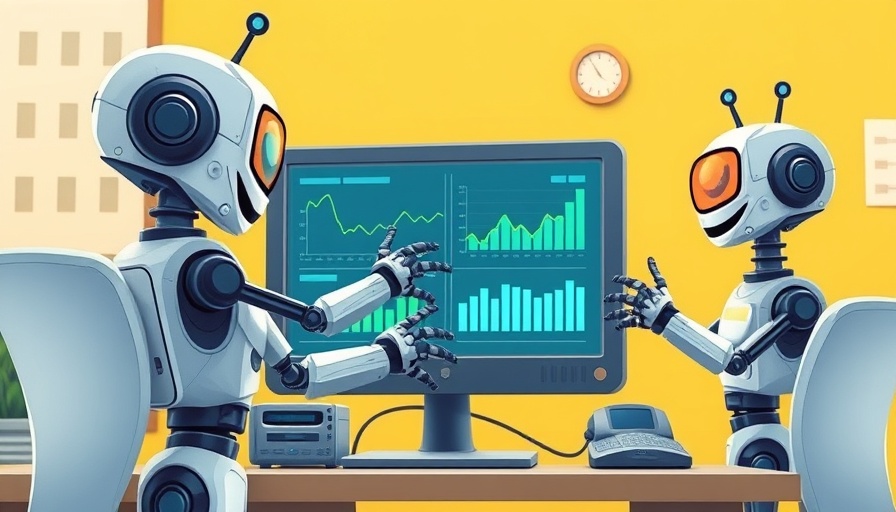
Understanding AI Sprawl: A Growing Workplace Challenge
The integration of artificial intelligence (AI) across various business functions has emerged as both a blessing and a curse. For mid-sized business owners generating $2M–$10M+ in annual revenue, the proliferation of AI tools—often referred to as AI sprawl—can quickly lead to chaos. As firms scale operations, the reliance on multiple software tools often leads to disjointed processes that hinder productivity instead of enhancing it.
Identifying the Signs of AI Sprawl in Your Operations
Signs of AI sprawl often manifest as lost productivity and employee frustration. When different teams employ various AI solutions that do not integrate smoothly, critical information can become siloed, making collaboration nearly impossible. Moreover, the potential for duplicative efforts rises, as employees may unwittingly work on similar projects with different tools, causing inefficiencies in workflows.
Streamlining Processes: Best Practices for Business Owners
To combat this issue, business owners can take several actionable steps. First, assess the tools currently in use across the organization to understand overlap. This can be achieved by creating a comprehensive inventory of all software tools that teams rely on. Consider engaging team members to provide insight based on their experiences, as they often have valuable perspectives on what works and what doesn't.
Next, establishing standardized processes can enhance collaboration. For instance, adopting a centralized project management platform allows teams to funnel their efforts through a single interface, reducing the friction associated with AI sprawl. This platform can also facilitate real-time updates and communication, which is crucial for product development and operational success.
The Value of Effective Collaboration Tools
Investing in a cohesive project management tool that unifies workflows can significantly improve productivity. Such tools not only organize tasks but also promote transparency among team members. By using software that offers integrated features—like task assignments, deadline tracking, and collaborative spaces—companies can foster an environment of enhanced engagement and productivity.
Preparing for Future Trends: Embracing Technology Wisely
As technology continues to evolve, staying ahead of trends is essential for maintaining efficient operations. Businesses that anticipate future developments in AI and project management tools will find themselves better equipped to navigate the complexities of scaling their operations. This proactive approach will allow leaders to create a sustainable roadmap for growth where workforce capabilities align seamlessly with technological innovations.
The Role of Leadership in Managing AI Sprawl
Ultimately, leadership plays a pivotal role in navigating AI sprawl. Decision-makers should actively cultivate an organizational culture that values streamlined operations and fosters innovation. By prioritizing transparency in communication and decision-making, leaders can effectively balance AI integration with employee needs, ensuring that technology enhances productivity rather than impedes it.
In the face of AI sprawl, the key takeaway for business leaders is to recognize that while automation can improve efficiency, it must be managed thoughtfully. Assess tools, unify processes, and cultivate a culture that prioritizes clarity and collaboration—this approach will transform chaos into controlled efficiency.
 Add Row
Add Row  Add
Add 



Write A Comment